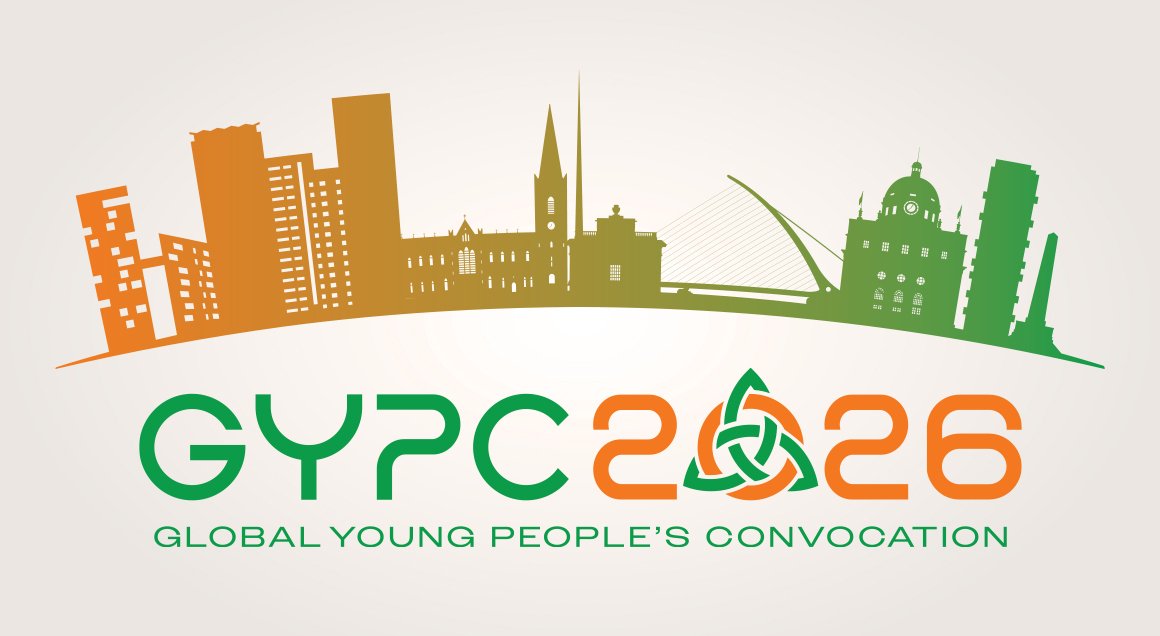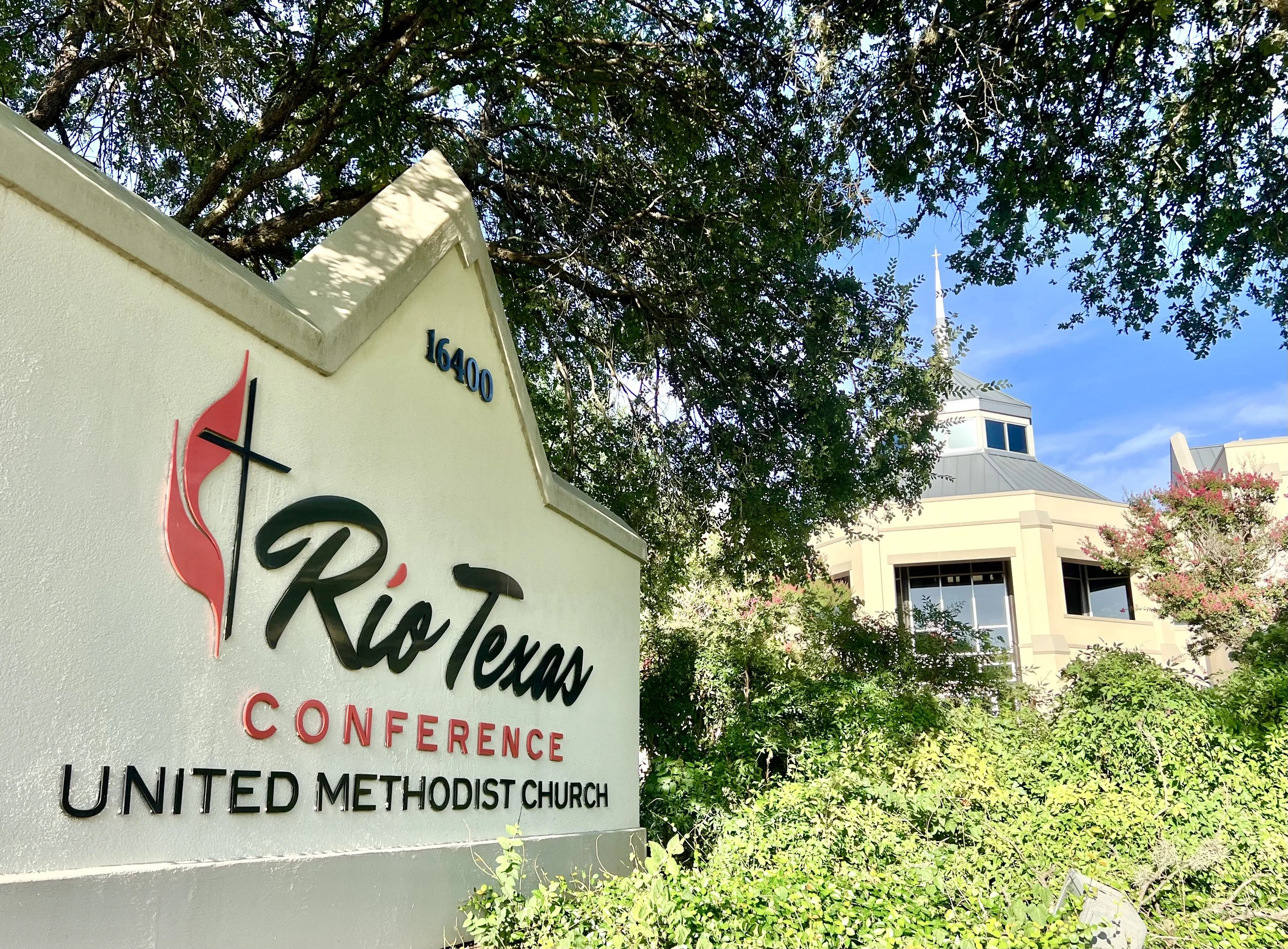Moving On to Recovery
/By Laura Bray
The soggy sheetrock and insulation is removed. The carpet is gone and the mud slopped out. 56,000 feet of tarp are on damaged roofs. The fallen trees are cut and stacked at the curb. Now what?
• ERT volunteers removing Sheetrock and scraping out debris at an affected home
Once the Early Response Teams (ERT) have completed their work, the next phase begins–recovery. United Methodist Volunteers in Mission (UMVIM) sends groups of volunteers to repair home storm damage in affected communities to help residents get back on the way to a normal life. This process can take years: residents of Wimberley, TX still need assistance more than two years after the devastating 2015 Blanco River floods destroyed so much property.
Well over 200 UMVIM opportunities are currently active in the United States. The work ranges from repackaging food at a food bank, working at kids camps, and case managing with refugees. There are even more opportunities overseas. Texas currently has about thirty ongoing UMVIM disaster relief efforts.
The Rio Texas Conference offered a Saturday seminar to train UMVIM team leaders for future deployments. Individuals from around the conference came to First United Methodist Church, Johnson City to learn about servant leadership; developing partnerships with affected communities; and more specifically, the scope and type of work required to respond to the havoc that Hurricane Harvey wrought.
Pam Elliott describes servant leadership (photo: Laura Bray)
UMVIM Program Director for the Hill Country District Pam Elliott asked everyone at the seminar, “Are you driven? Or are you called?”
All attendees wanted to learn more about how they can help. First UMC, Kerrville member Brad Peterson commented, “I’d rather build up than tear down.”
Everyone agreed efforts will be less about the physical rebuilding and more about working with the affected communities and homeowners. “It’s more about the people who survived than the actual rebuilding,” said Curt Shirer of FUMC, Kerrville.
Trained leaders are crucial to the effort. Team leaders learn to “do no harm” by making unnecessary repairs, saying the wrong things, or throwing out items homeowners want to keep.
Disaster Recovery Asset Manager Vicki McCuistion said, “There have been times in Wimberley when volunteers came in and did ten times more damage than they improved,” such as ripping out all the Sheetrock and insulation, when a four-foot removal would have worked better. As a result, others in the community had to come in afterward to fix even more problems and waste scarce resources.
Elliott encouraged attendees to return to their home churches and start recruiting members for future deployments. There is no requirement that everyone on the team be a church member; recruiting volunteers from the community around the church is encouraged.
Frank Rojas outlines specific recovery needs for the Coastal Bend (photo: Laura Bray)
The goal of an UMVIM team is to “work itself out of business” by training local leaders how to do the work on their own and train their own leaders. “You are training to put yourself out of a job,” said UMVIM Program Director Frank Rojas.
UMVIM highlights a new approach to missions called the “50/50 Partnership.” This model facilitates relationships between congregations and their local communities. Both partners mutually decide on activities. A core value of the model is to “prevent dependency and foster self-sufficiency.” Mission outreach will start moving away from a needs-based, short-term relief effort to a more asset-based, long-term development in partnership with the community.
This 50/50 Partnership model has the potential to help the church re-connect with what the Pew Research Center calls the “Nones and Dones” of the American population. The “Nones” have no religious affiliation and the “Dones” say that they’re finished with organized religion. These individuals still seek something beyond themselves; they want to make an impact. The church has the opportunity to re-engage these groups with UMVIM efforts.
“My feeling is that this effort will be transformative for the Conference,” said Director of Outreach Vitality Abel Vega.
The Conference plans more training sessions over the next several months. If you would like to hold a UMVIM training class at your church, please contact Frank Rojas at (512) 422-0210 or vim.riotx@gmail.com.























